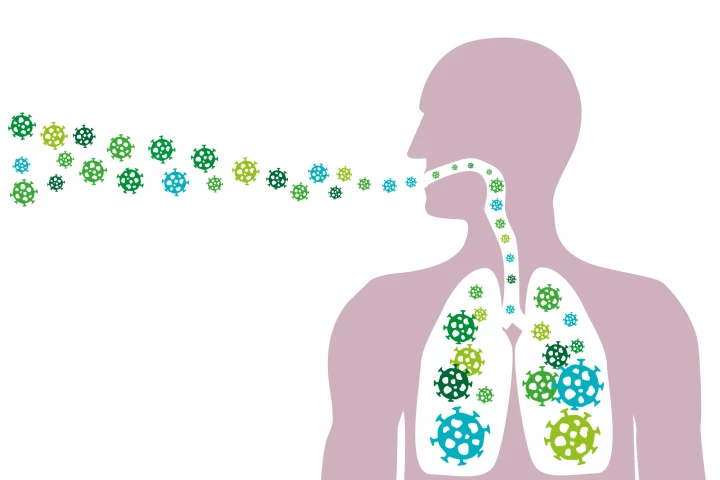Airborne
-
Scientists have shown that far-UVC lights, which are already commercially available, can rapidly break down common airborne allergens, offering a safe and fast new way to ease asthma and allergy triggers indoors.
-
A coughing, sneezing, 3D-printed model of the human nose and upper airway has provided researchers with a better understanding of how airborne infections are transmitted. The knowledge will aid in developing effective ways of reducing that spread.
-
Carbon dioxide is key to how long airborne viruses hang around in the air and, therefore, their likelihood of spreading. Opening a window may be a more scientific way to avoid the spread of respiratory viruses than first anticipated.
-
A review article has presented 10 key scientific reasons why the virus that causes COVID-19 is predominantly spread though the air. The research adds to a growing chorus of experts saying the evidence for airborne transmission is “overwhelming”.
-
A team of Belgian scientists has developed what is billed as the most sensitive "electronic nose" yet. The chemical sensor detects pesticides and nerve gases and has a design that could see it integrated with electronics such as your smartphone.
-
NASA scientists are eager to get to grips with a new toy for observing the heavens, the Echelon-Cross-Echelle Spectrograph (EXES). Mounted on a heavily-customized Boeing 747, the spectrograph will detect wavelengths unavailable from sources either on land or in space.
-
Scientists at the University of Hertfordshire have developed what they say is the world’s first portable, real-time airborne asbestos detector.
-
Research conducted at University of California, Riverside has resulted in an "electronic nose" prototype that can "smell" small amounts of harmful airborne materials.
-
The Emergency Bra is a protective device that transforms from a bra into two respiratory pace masks to filter out harmful airborne particles.
-
For the first time an airborne laser (ABL) weapon mounted aboard a modified Boeing 747 has shot down a ballistic missile.
-
Researchers at Tel Aviv University (TAU) have developed a sensor called ‘Dust Alert’ that provides real-time contamination levels in terms of dust, pollen and toxins within the home or office.
-
Earlier this month, the Airborne Laser system finally got a chance to prove its worth by locating, tracking and successfully firing on a target missile.











